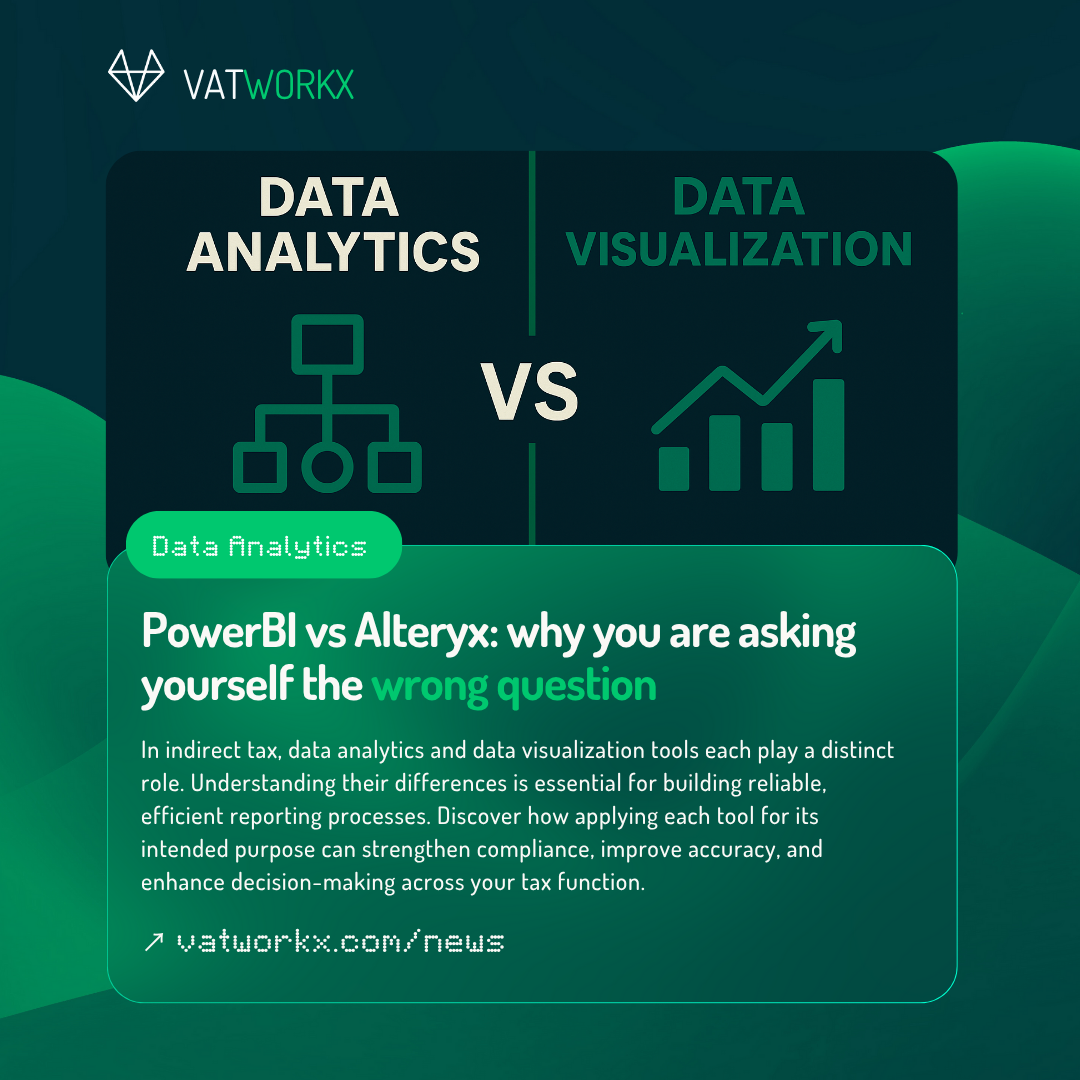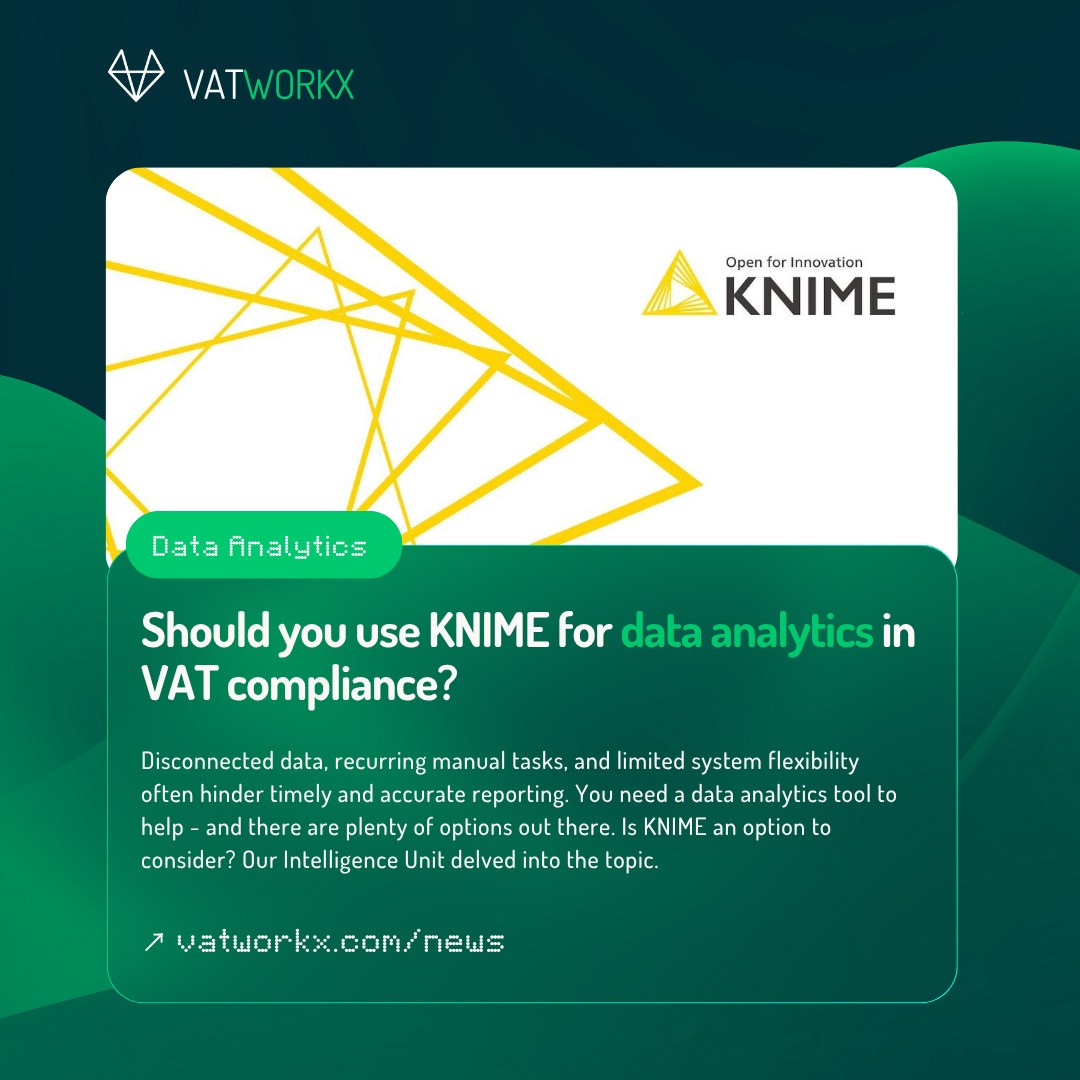Compliance with Indirect Tax regulations is a critical concern for companies operating across multiple jurisdictions. The sheer complexity of the business operations require meticulous record-keeping and accurate reporting to avoid penalties. In order to do this, huge amounts of data are required: for every single transaction that takes place, be it a sale or a purchase, multiple parameters must be gathered, compared and assessed to determine the applicable VAT treatment. Unfortunately, ERP systems – particularlytheir native versions – are struggling to keep up with the overwhelming increase in the amount of data. This, combined with improper configuration of Indirect Tax conditionrules or tax engines, can create bottlenecks in the compliance process, that eventually requires manual intervention to resolve.
Imagine skipping the endless spreadsheets and pivot tables—a world where automation reduces manual intervention, giving businesses the confidence to file their VAT reports without fear of non compliance.
This is where data analytics tools come in.
Data analytics tools, such as Alteryx, Power BI and KNIME offer robust solutions to streamline and enhance Indirect Tax compliance processes. Their advantages are twofold: they automate repetitive tasks and can provide deeper insights into the data from a broader perspective.
This not only saves very valuable time and resources, but also changes the paradigm of tax compliance, especially for in-house tax departments. It cannot be denied: inhouse tax departments are not a workstream in itself, but part of another workstream, such as OTC, STS, ATR. Therefore tax processes are considered less important as the main process it is part of. . Innovation may be able to change that: by employing data analytics tools, tax departments can still aim to get what it needs and also proof its value added to the business by providing better management information. This, in turn, postions the tax department as a strategic player within the company.
Data analytics tools are truly powerful and can revolutionize the tax compliance processes for all and every business. Here are just a few reasons why companies should consider integrating these tools into their compliance strategies.
1. Enhanced Data Accuracy and Integrity
Indirect Tax compliance demands precise data management – errors in the finance industry have serious consequences. Data analytics tools helps ensure data accuracy by automating data collection, cleansing, and process validation. Reducing the manual intervention reduces the risk of errors. Data analytics tools can be used to detect anomalies and inconsistencies in large datasetsto ensure that what is reported is 100% reliable.
2. Improved Efficiency and Time Savings
Manual interventions in Indirect Tax compliance are both time-consuming and prone to errors. Repetitive tasks such as data extraction, transformation, and loading (ETL) can be automated to a large extend, freeing up valuable time for tax professionals to focus on Indirect Tax strategy and planning. projects – Those optimization projects that you have been waiting forever to start but didn’t have the time to can finally get the spotlight.
3. Comprehensive Data Integration
Companies often deal with data from various sources, including different ERP systems, accounting software, and external databases. Instead of running and exporting reports from ERP systems like SAP or Oracle, editing files in Excel and uploading the results to SharePoint, data analytics tools and their numerous connectors can help normalise data by integrating disparate data sources into a unified platform, providing a comprehensive view of a company’s Indirect Tax-related data.
4. In-depth insight
Businesses can leveragedata analytics tools to generate detailed reports and dashboards that provide insights into Indirect Tax liabilities, compliance status, and potential risks. Enabling monitors, alerts, and highlighting issues becomes much easier – insights enable proactive management of Indirect Tax obligations and help identify areas for improvement in compliance processes.
5. Cost-Effective Solution
Investing in data analytics tools can lead to significant cost savings in the long run. By automating compliance processes and reducing the risk of errors, companies can avoid costly penalties and audits. The efficiency gains achieved through automation translate into lower operational costs.
If you’re considering it, now is the time to act!
In an era where regulatory scrutiny is intensifying, leveraging data analytics tools for Indirect Tax compliance is not just a best practice anymore – it has become a necessity. Data analytics tools are powerful, flexible, and cost-effective solutions that can help companies navigate the complexities of Indirect Tax regulations with confidence.
Keep an eye out for our next posts in which we discuss and compare the best data analytics tools for Indirect Tax compliance!



